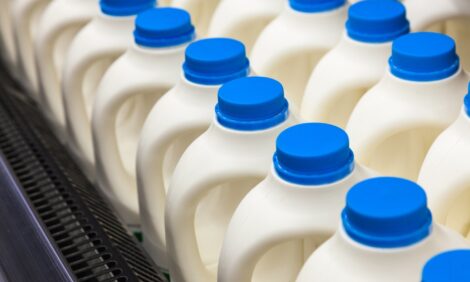



Study Finds No Link Between E.coli and DG
KANSAS, US - A new study by the K-State University set out to evaluate the effect of feeding DG and dry-rolled corn (DRC), alone or in combination, on faecal prevalence of E. coli O157:H7 and Salmonella in finishing cattle.Previous work has indicated a positive association between feeding cattle distiller's grains (DG) and an increase in E. coli O157:H7 prevalence. Escherichia coli O157:H7 and Salmonella are foodborne pathogens that reside in the gut of cattle and are shed in the feces, says an abstract to the report.
Feeding processed grains also has been shown to affect fecal prevalence of E. coli O157:H7. As part of the study cattle were allotted to pens and fed dietary treatments structured in a 2×2 factorial arrangement.
Fecal samples were collected from each pen floor before initiating dietary treatments and at least once every two weeks after final diets began. Overall prevalence of E. coli O157:H7 in faecal samples was 5.1 per cent. There were no significant effects of DDGS, DRC, or sampling time on E. coli O157:H7 prevalence (p more than 0.20). Overall prevalence of Salmonella in pen floor faecal samples was 23.7 per cent, and sampling week affected prevalence (p less than 0.01), ranging from less than one per cent (week one) to 77.5 per cent (week 17).
According to the resultS of the study, Salmonella prevalence was not affected by cattle diet, and no work had previously reported an association between either DG or DRC and Salmonella prevalence. Lack of an association between E. coli O157:H7 prevalence and feeding DG or DRC is contrary to previous observations, said that abstract. "Further research is needed to understand inconsistencies between studies of E. coli O157:H7 prevalence and potential associations with DG and grain-processing methods."
TheCattleSite News Desk


